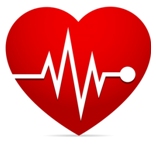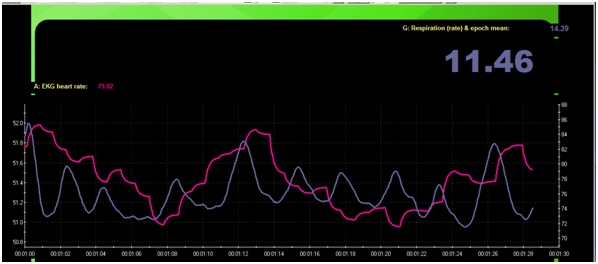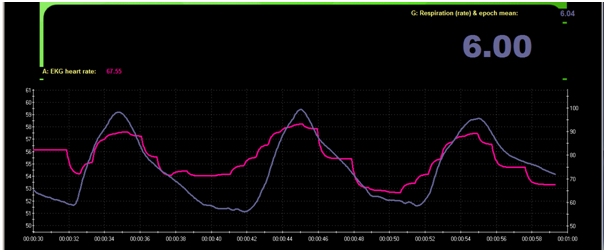Share

Fibromyalgia * Chronic Fatigue * Stress * Anxiety
Emotional Issues * Irritable Bowel Syndrome * Migraine
* Trauma * High Blood Pressure * Anger
Management of these conditions can be achieved by increasing what is known as your Heart Rate Variability (HRV). These conditions and many others can cause an imbalance in the Autonomic Nervous System (ANS) and put you into the so called Fight or Flight (Stress) mode. When the Autonomic Nervous System is out of balance it can no longer function properly.
Excessive unmanaged stress is like going through life with your foot on the accelerator. Sooner or later there will be a ‘crash’.
What is Heart Rate Variability (HRV)?
When we breathe in our heart rate increases and when we breathe out it decreases, this difference is known as Heart Rate Variability (HRV). The bigger the difference the healthier you are.
By practising breathing at your predetermined personal rate you can increase your HRV, improve your health, live longer and healthier.
The increase in HRV can help strengthen your autonomic reflexes and help to restore the function of your ANS closer to its proper state.
How is HRV measured?
Your baseline HRV physiology is recorded and the HRV responses to 3 simple stressors is monitored using the latest computerised Biofeedback equipment.
This is a simple non-invasive technique that involves attaching sensors to the fingers, arms and a velcro strap around the waist. Each session last about 50 minutes.
What is my Personal Breathing Rate and how do I breathe?
Your personal rate will be between 4.5 and 7 breaths per minute. This is determined by using the breathing technique, relaxed abdominal breathing, at the rate determined by attaching a monitoring device (BVP) to an ear lobe).
To gain the health benefits you have to train the nervous system and this is done by practising breathing at your personal rate.
Typical Screens

The first screen shot depicts a typical baseline HRV measurement.
The breathing rate is 11 breaths per minute and as can be seen there is no coherence between the red line (Heart) and the blue line (Breathing), they are chaotic.
The screen below shows the changes (coherence) when breathing at the ideal rate. In this instance it is 6 breaths per minute.

Regular practise will increase the height of the peaks,, maintain the coherence and increase Heart Rate Variability and can improve overall wellbeing.
